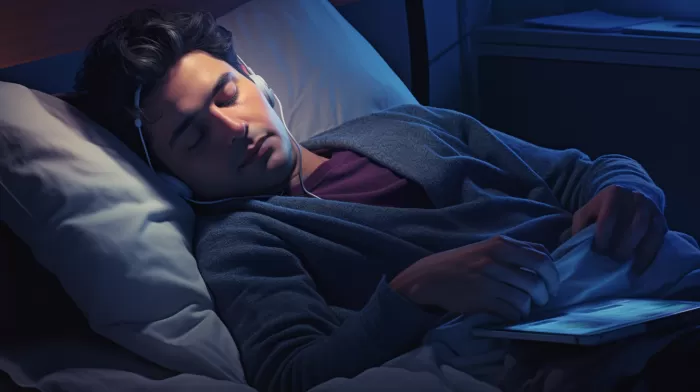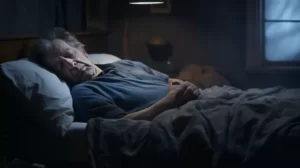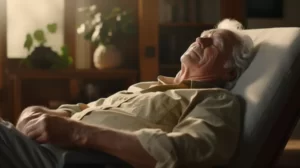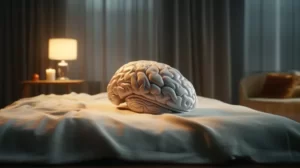It’s no secret that having a good night’s sleep can profoundly impact your well-being. One aspect that tends to be overlooked is the connection between sleep and pain. Despite daily sound sleep for up to 8 hours providing a natural means of pain reduction, many individuals still do not receive an adequate amount of rest each night. With a third of Americans suffering from chronic pain and a similar number not receiving the recommended daily allowance (RDA) of sleep, it’s time we explore and understand the pain-sleep connection.
The Pain Story
Chronic pain can severely impact an individual’s mind, body, and spirit, leading to a loss of joy for life, reduced physical activity, and depression. About a decade ago, the American Pain Foundation conducted a survey, evaluating the impact of chronic pain on more than 300 sufferers who were taking strong opioids daily.
Survey results revealed:
- 51% felt they had little or no control over their pain
- 60% had breakthrough pain one or more times daily, affecting their overall well-being
- 59% experienced an impact on their overall enjoyment of life
- 77% reported feeling depressed
- 70% found it difficult to concentrate
- 74% had energy levels affected by pain
- 86% reported an inability to sleep well
Despite these statistics, many still do not get enough sleep, leading to sleep deprivation being a significant contributor to chronic pain.
The Sleep Story
Insufficient sleep not only hinders the body’s full recuperation, but it can also result in accidents, heart disease, and depression. The National Institutes of Health suggests the following sleep guidelines:
- School-age children: 10 hrs daily
- Teenagers: 9-10 hrs daily
- Adults: 7-8 hrs daily
Unfortunately, sleep hours for all Americans have steadily decreased over the past 50 years due to stress, responsibilities, and technology advances. A recent study explored the link between the prevalence of sleep deprivation and chronic pain.
The Pain-Sleep Connection
A study in the journal PLOS One set out to examine the effect of sleep on the physical activity the following day of patients who suffered from both chronic pain and insomnia. They discovered that the more sleep patients received, the more energy they had the next day, allowing them to engage in more physical activity.
Increasing physical activity is essential for chronic pain sufferers, as many do not have the energy to participate in physical activities such as walking, grocery shopping, or house cleaning. Understanding the pain-sleep connection is the first step in improving your sleep naturally.
Getting Better Sleep
Tips for achieving a better night’s sleep include:
- Going to bed at the same time each night
- Waking up at the same time every morning
- Not eating within 3 hours of bedtime
- Avoiding alcohol or caffeine within 6 hours of bedtime
- Creating a comfortable, dark, and quiet sleeping environment
- Not reading in bed, particularly from a backlit eReader
The last point raises awareness of a new problem affecting sleep quality.
eReaders – Hidden Sleep Wreckers
New inventions – specifically, eReaders – have started to receive more attention for their adverse effects on sleep quality. A study by the Proceedings of the National Academy of Sciences uncovered that using eReaders before bedtime results in several side effects:
- Taking longer to fall asleep
- Delaying the circadian clock
- Suppressing levels of the sleep-promoting hormone melatonin
- Delaying the timing of REM sleep
- Reducing alertness the following morning
These devices increase alertness at bedtime and make it more difficult for the individual to fall asleep. So, despite the connection between sleep and pain reduction, the pain often prevents individuals from getting a good night’s sleep.
Conclusion
It is essential to understand the pain-sleep connection and take action to improve sleep by avoiding eReaders, caffeine, food, exercise, and other factors that keep you awake at night. By following these steps, you are likely to create a new habit that allows you to fall asleep faster and sleep for longer durations. Consequently, you will feel better and have more energy to participate in physical activities during the day.



